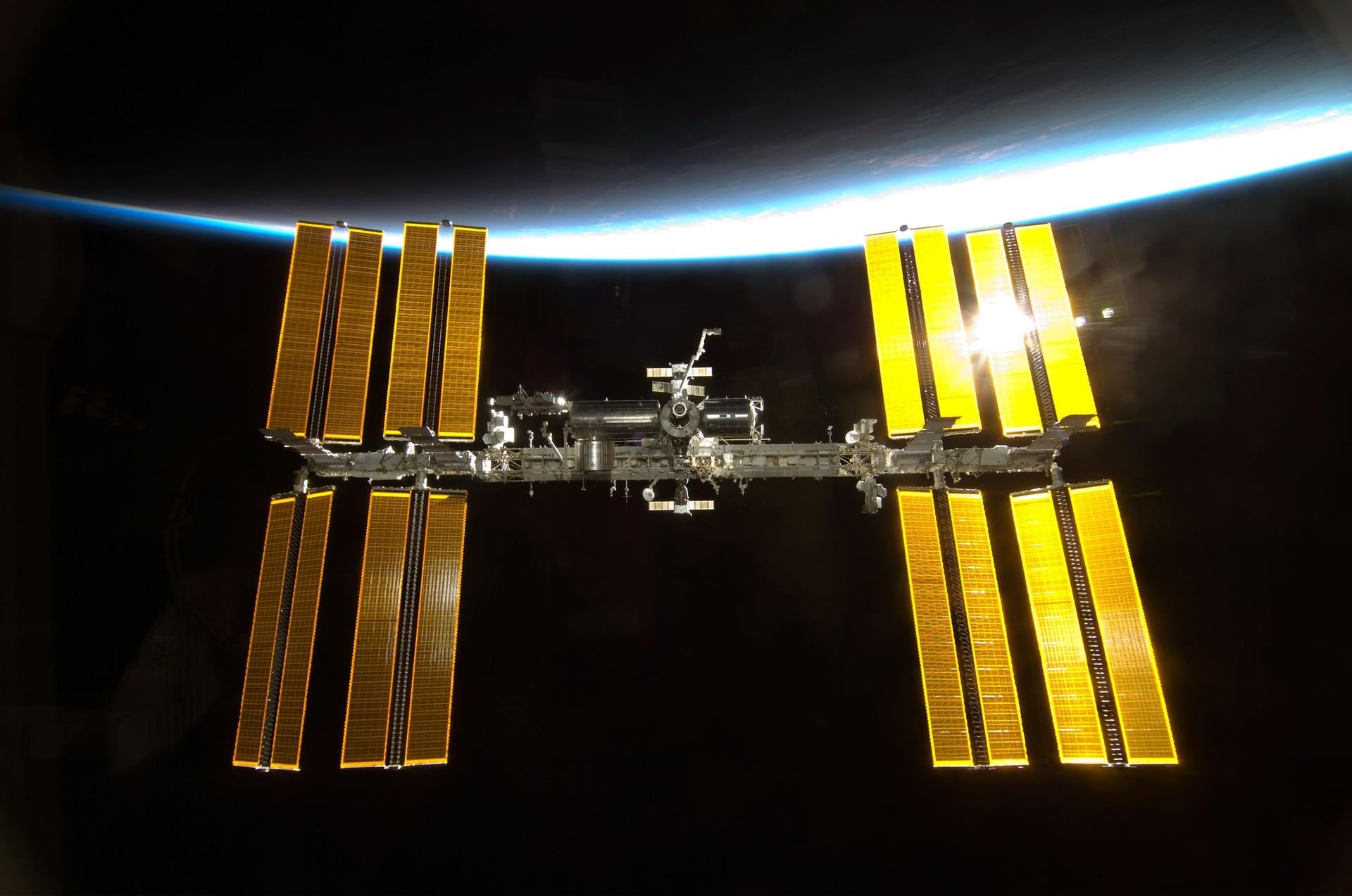[/caption]
The International Space Station had to perform an evasive maneuver yesterday to dodge space debris from a Russian satellite that disintegrated earlier this year. ESA's ATV (Automated Transfer Vehicle) was used to perform the avoidance maneuver, the first time it had been used for such a maneuver. A few things about this maneuver are interesting. First, this is the first time in five years that the ISS has had to perform a debris avoidance maneuver. Second, the maneuver was unusual in that was a retrograde maneuver, which slows the ISS and brings it to a lower orbit instead of higher. The last time a retrograde maneuver was performed was eight years ago. Third, according to
Jim Oberg at MSNBC,
the Russians deny that the satellite has broken up. Fourth, however, the Mission Control Center in Moscow carried out the maneuver.
The maneuver began on August 27 at 18:11 CEST (16:11 UT) and finished 5 minutes 2 seconds later. In the current ISS configuration the ATV, which is docked to the aft end of the Russian Zvezda Service module at the back of the station, is the only vehicle that can carry out this kind of maneuver. First, the station was turned 180 degrees so that ATV's aft thrusters were at the front of the ISS with respect to the station’s flight profile.
Once turned, Jules Verne ATV used its rear thrusters produce a speed of 1 m/s to slow the Station down, lowering it about 1.5 kilometers (1 mile). The space station orbits between 320-400 km (200-250 miles) above the Earth's surface.
Usually maneuvers raise the orbital altitude in order to compensate for the continual drag the station encounters from the upper atmosphere. But Oberg reported that "because the station is now operating near the upper end of its allowable altitude range, any further increase could have exceeded the lifting performance of planned docking missions over the next few months. Hence NASA had to make the unavoidable and wasteful choice to go in the opposite direction."
The satellite was a Russian Cosmos-2421 naval surveillance satellite, launched in 2006 and designed for electronic eavesdropping to keep track of Western military vessels. According to U.S. tracking data, the satellite disintegrated on March 14 into hundreds of pieces, and later disintegrated further resulting in over 500 tracked objects, one of the largest debris clouds in space history. But Russian officials say the satellite has not broken up, but only quit working. Find more info on this
at MSNBC.
Once the debris avoidance maneuver was complete, the ISS was turned back to its original orbital attitude, and control of the ATV was handed back to the ATV Control Center in Europe.
Sources:
ESA
,
MSNBC
 Universe Today
Universe Today
